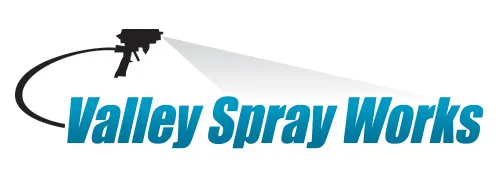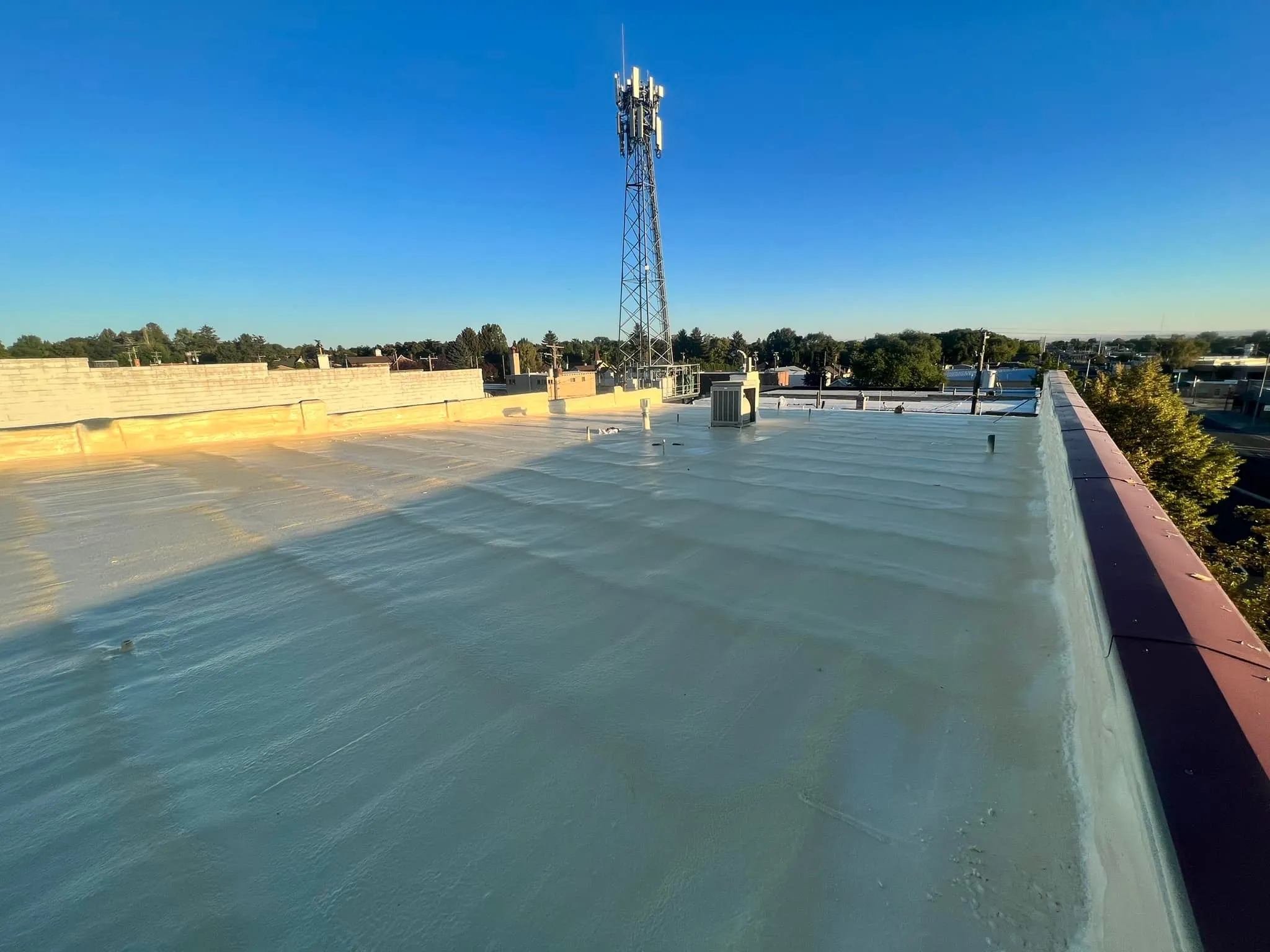Moisture control is the defining factor in the long-term performance and reliability of roof insulation systems. When moisture enters roofing layers—whether through air leaks, vapor diffusion, or poor detailing it compromises insulation performance, accelerates material degradation, and introduces the risk of mold and corrosion.
The insulation’s R-value drops significantly once wet, and trapped moisture often leads to blistering, freeze-thaw damage, or decay in structural elements. Managing moisture prevents these failures and extends roof lifespan. This article explains the mechanisms, consequences, and material responses tied to moisture presence, backed by field-based expertise and product behavior across different climates.
Key Moisture Control Methods in Roof Insulation Systems
Primary Strategies
| Method | Description | Application Scope |
|---|---|---|
| Vapor Barriers | Restricts moisture vapor from entering insulation layers | Cold climates, high humidity buildings |
| Ventilation | Promotes drying and prevents condensation build-up | Attics, ventilated sloped roofs |
| Closed-Cell Spray Foam | Resists water intrusion and maintains structure when exposed to moisture | Flat or low-slope roofs |
| Fluid-Applied Vapor Barriers | Seamless barrier reducing diffusion risks around joints and penetrations | Commercial and industrial roofs |
| Sloped Insulation Design | Encourages drainage to avoid standing water above membrane systems | Roofs with ponding risk |
Bonus Tip
Use a combination of vapor barrier and sloped insulation in cold, wet climates like southern Idaho to reduce freeze-thaw cycles that crack membrane seams.
Technical Behavior of Insulation Materials Under Moisture Exposure
| Material Type | Water Absorption Rate (%) | Effect on R-Value (%) | Mold Resistance | Structural Stability |
|---|---|---|---|---|
| Open-Cell Spray Foam | 20–40% | -50% to -70% | Low | Degrades |
| Closed-Cell Spray Foam | <2% | -5% to -10% | High | Retains structure |
| Polyiso Boards | 1–5% | -10% to -20% | Medium | May warp |
| Fiberglass Batts | >50% | -70% to -90% | Very Low | Loses form |
| Blown-In Cellulose | >30% | -60% to -80% | Very Low | Settles, compacts |

Why Roof Insulation Systems Fail Without Moisture Control
Material Degradation
Moisture leads to loss of adhesion between membrane and insulation. Organic materials such as cellulose or fiberglass degrade rapidly. In roofs with no vapor control layers, microbial growth and rot often form beneath the surface undetected for months.
Thermal Inefficiency
When insulation becomes damp, air gaps close, convection increases, and R-values collapse. This causes HVAC systems to work harder, increasing energy bills.
Structural Risks
Saturated insulation adds load, causing sagging or buckling in roof decks. Over time, this creates structural liabilities.
Field Data and Market Insights
- According to the National Roofing Contractors Association (NRCA), 80% of premature roof failures are linked to moisture-related problems.
- A 2024 industry audit by Buildings.com shows buildings with unmanaged roof moisture saw a 35% increase in HVAC costs within the first year.
- ASHRAE 90.1 compliance stresses vapor control and moisture resistance for insulation systems in Zones 5 and 6 (includes Idaho), reinforcing its role in energy code performance.
Things to Consider Before Making a Decision
- Climate Zone: Determine if your region needs vapor retarders (e.g., Idaho requires both vapor barriers and thermal breaks).
- Roof Design: Flat roofs are more vulnerable to standing water and need better drainage planning.
- Building Use: Hospitals or food facilities require zero mold tolerance. Choose low-permeance materials.
- Renovation vs. New Build: Retrofitting needs different techniques due to existing moisture entrapment.
- Inspection Access: Systems should allow periodic non-destructive inspection to detect hidden moisture.
Common Questions About Moisture in Roof Insulation
How can I tell if moisture is already affecting my roof insulation?
Look for irregular temperature zones, water stains, higher energy bills, or indoor humidity spikes.
Is closed-cell spray foam enough on its own?
In many cases, yes. It resists moisture and maintains shape, but a vapor barrier is still needed in cold, humid climates.
Can I reuse wet insulation if it dries?
No. Water compromises structure and thermal performance permanently.
Is ventilation necessary if spray foam is used?
Depends on roof design. Ventilation remains critical in attics and ventilated assemblies, even with foam insulation.
Our Most Relevant Services for Roof Moisture Control
- Closed-Cell Spray Foam Prevents water absorption, adds thermal stability, and strengthens the roofing system.
- Fluid Applied Vapor Barrier Creates seamless waterproofing over joints and around roof penetrations.
- Spray Foam Roof Insulation Combines insulation and water resistance in one system ideal for commercial or low-slope roofs.
- Intumescent Coatings Adds fire resistance and protects insulation materials from thermal degradation due to moisture ingress.
Get Expert Insulation Guidance
Talk to insulation specialists who understand how moisture affects long-term performance. For help planning a moisture-resistant roofing system or selecting appropriate insulation materials, contact:
Valley Spray Works
Phone: (208) 539-5281
Email: [email protected]
FAQ
How often should roof insulation be inspected for moisture issues?
Every 2–3 years, or immediately after extreme weather events.
What is the most moisture-resistant insulation option?
Closed-cell spray foam provides the highest resistance with low water absorption.
Can roof insulation improve indoor air quality?
Yes, when moisture is controlled, mold growth is prevented, leading to cleaner indoor air.
Is spray foam safe in high-humidity zones?
Yes, closed-cell variants perform well in high humidity when installed with proper vapor controls.
How long does moisture-resistant insulation last?
Up to 30 years or more, depending on material and installation quality.



